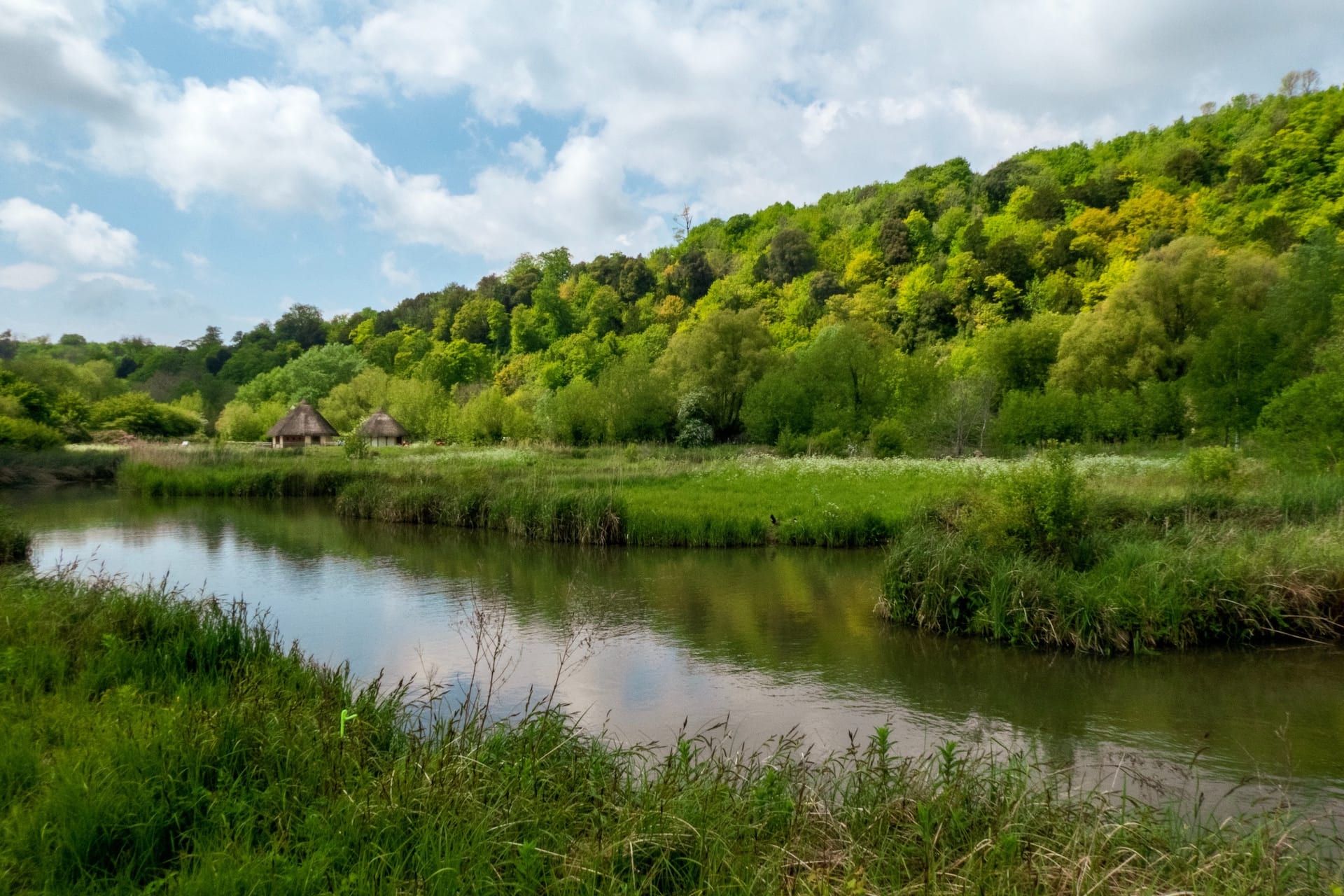RAIN BARRELS
Stormwater runoff is the major vehicle for non-point source pollution entering the Vermilion Bayou. During a big rain, pollutants such as pesticides, fertilizers, oil, and trash are rinsed from parking lots and yards into storm drains, ditches and coulees, eventually making their way into the Vermilion Bayou.
A rain barrel will catch rain as it flows off of your roof and hold it until the weather is dry and you need to use it in your garden. This slow release of water allows it time to soak into the ground instead of coursing across the land, picking up pollutants.
RAIN BARRELS WILL:
– Catch water from rooftops and pause the rush of stormwater into local coulees and bayous during rain events;
– Lessen the impact of flash flooding during rain events;
– Store water for later use in gardens;
– Move water away from the foundation or underneath of the house;
– Lower your water and wastewater bills;
– Utilizing water stored in rain barrels is another way to harness solar energy which has been stored in raindrops as they are lifted into the atmosphere through evaporation and evapotranspiration.
DIY RAIN BARREL SUPPLIES:
• One 55-gallon drum
• One 3/4″ ball valve
• One 3/4″ 90-degree street elbow (spigot to socket)
• Two 3/4″ male hose to pipe fitting
• Two 1″ bushings
• Three 1 1/2″ sections of 3/4″ piping. Either screen for the top or a series of fittings that connect to drainpipe




RAIN BARRELS ARE PART OF A LARGER PICTURE
Every time it rains, the water that lands in your yard has to go somewhere. Some of it either soaks into the ground or evaporates but during a heavy rain most will become “surface runoff.” Surface runoff water will flow across your yard, into ditches and coulees eventually making its way into the Bayou Vermilion.
Along the way, this water picks up pollutants such as oil, pesticides, loose soils, excess fertilizers and trash. This stormwater runoff and the pollutants it carries is the biggest threat to the water quality of the Bayou Vermilion.
Through a grant with the Louisiana Department of Environmental Quality, the Bayou Vermilion District is able to demonstrate five approaches that homeowners can use to improve the quality of stormwater entering the Vermilion River.
SIMPLE PLANNING TO PREVENT COMMON PROBLEMS
1. Use a tight-fitting, light-blocking lid to keep children and animals out and to stop the growth of algae.
2. PVC and rust-proof screens work well because they will not rust.
3. Install barrel high off of the ground for greater water pressure. With every 1 ft. of elevation, water pressure increases by ½ lb. Average outdoor water pressure is typically 15 lbs.
4. To eliminate mosquito breeding grounds, use a flexible hose to attach the barrel directly to your drainpipe or cover the top opening with rust-proof screen.
5. During the spring, wash your rain barrel to prevent algae, ensure that no pipes are blocked and valves will open and close properly (you don’t want to have to do this in the rain when you see it overflowing).
6. Heavy rain will fill your rain barrel quickly. The overflow should be directed away from the foundation of your house. To do this, hook up a hose to the overflow spigot and just lay the end of it in the garden.
7. If your rain barrel regularly fills up after a heavy rain, connect two or more barrels with some flexible tubing to form a chain.
8. Water stored in this system is not potable unless treated and should not be used as drinking water.
9. Collecting rainwater year-round helps you maintain your garden during low rainfall and water use restrictions. You can also use it to wash your car!
10. Remember that one inch of rain falling on 1,000 square feet of roof can add up to 623 gallons of free rainwater, if you manage to catch it all.
11. For more information on rain barrels and calculating what size rain barrel you would need to fully harness the potential in the rain falling on your home, click here.
